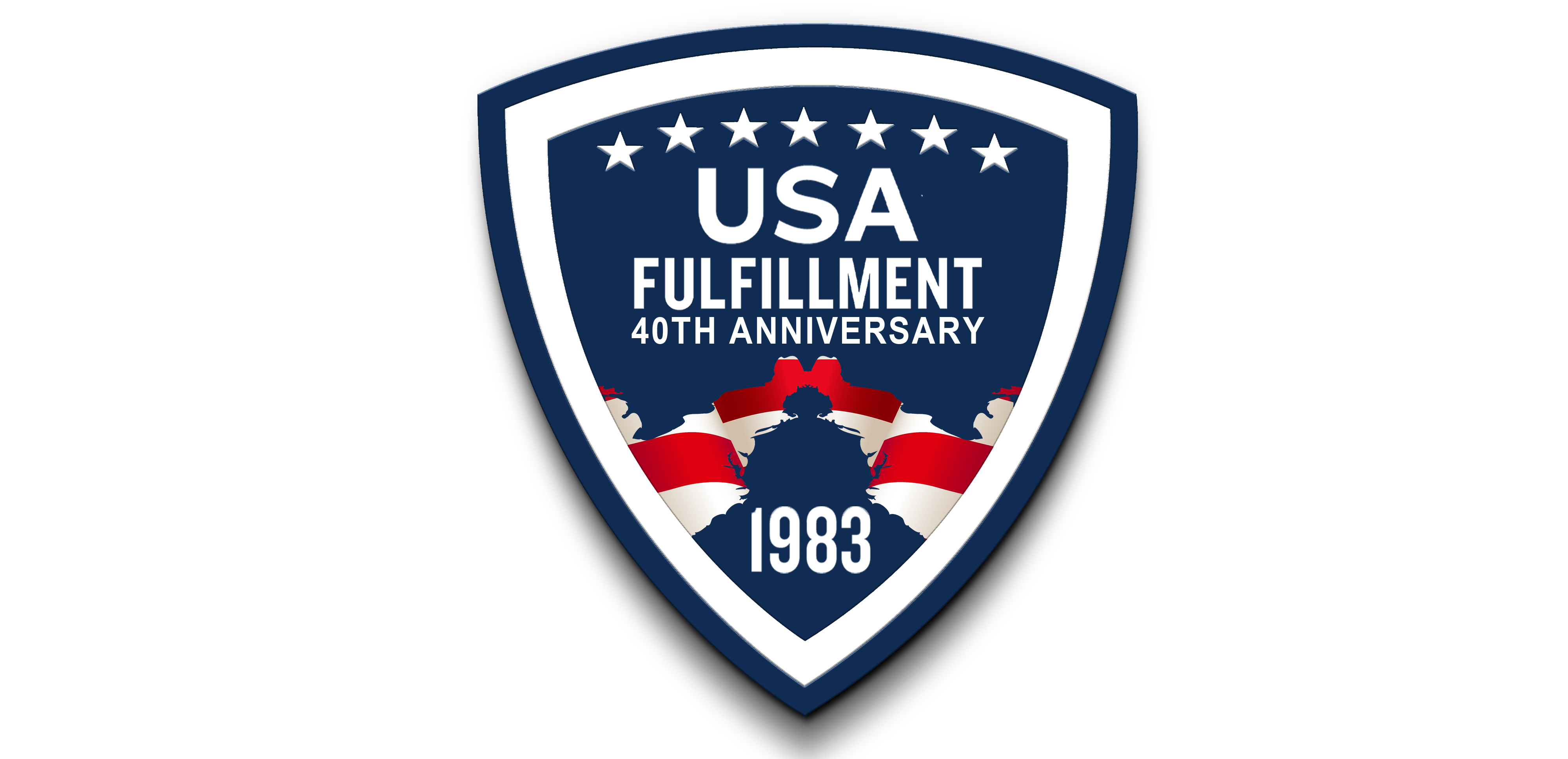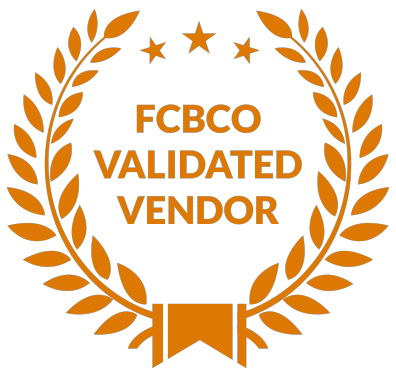The 5 Signs It’s Time To Re-Evaluate Your Fulfillment Setup
The 5 Signs It’s Time To Re-Evaluate Your Fulfillment Setup
…
Fulfillment Setup
Let’s talk about the thing no one really wants to talk about: your fulfillment setup might not be cutting it anymore. It happens. Maybe your growth has outpaced your systems. Maybe customer expectations have changed. Or maybe you’ve just outgrown a partner you once thought was “good enough.” Whatever the reason, fulfillment isn’t a set-it-and-forget-it operation. It needs regular tuning—like a high-performance engine you actually want to keep running.
So what does a high-functioning fulfillment setup look like in today’s world? Here’s a quick pulse check:
-
Products consistently arrive on time, accurately, and damage-free.
-
Returns are handled smoothly and don’t cause customer headaches.
-
You have clear, real-time visibility into your inventory.
-
Your logistics workflows are nimble enough to handle demand spikes.
-
Your fulfillment partner thinks like a strategic partner, not a vending machine.
If you’re nodding along, great. But if you’re suddenly thinking, “Hmm, I’m not so sure,” you’re not alone—and you’re definitely not out of options. Here are five not-so-obvious signs that it’s time to take a hard look at your fulfillment setup—and what you can do about it.
1. Your Data Tells a Murky Story
You’ve got reports. Dashboards. Spreadsheets. But do they tell you anything meaningful about what’s actually happening across your fulfillment operation? If you’re constantly stitching together insights from ten sources just to figure out how much inventory you have—or worse, you’re flying blind—it’s a major red flag.
What a better setup looks like:
-
Real-time inventory visibility
-
Accurate demand forecasting built from fulfillment data
-
Proactive alerts on low stock or order delays
-
Clean integration between sales channels and warehouse operations
When you can see clearly, you can act strategically. But when your visibility is cloudy, you risk running your business on assumptions—not facts.
2. Customer Complaints Have Become… Patterned
A one-off complaint? That’s retail. But repeat issues—wrong orders, long delivery windows, damaged products—start to paint a much more serious picture. If you find yourself constantly putting out fires, the problem isn’t your customer. It’s your setup.
What to watch for:
-
An uptick in support tickets tied to fulfillment errors
-
Negative reviews tied to shipping times or packaging quality
-
Higher-than-average return rates due to fulfillment mistakes
The fix: Audit where and how errors are happening. If your warehouse isn’t equipped with the right tech or training, or your fulfillment partner isn’t aligned with your brand standards, it’s time to ask some tough questions.
Assess Current Fulfillment Efforts. Take Quiz Now!
3. You’re Always Reacting—Not Planning
If your fulfillment operation feels like a never-ending game of catch-up, that’s not just exhausting—it’s expensive. Maybe you’re constantly scrambling to ship out seasonal launches. Maybe you’re always a week behind on restocking your bestsellers. Or maybe your team is juggling multiple third parties that don’t talk to each other.
Sound familiar? That’s a clear sign your fulfillment setup isn’t built to support proactive, scalable growth.
What a proactive setup includes:
-
Dynamic slotting for faster order picking
-
Seasonal forecasting baked into inventory planning
-
Fast-turn packaging changes
-
A partner who flags potential disruptions before they become real problems
Spring, summer, Black Friday—these are not surprises. A fulfillment setup that’s working well is one that sees what’s coming and makes it easy to prepare.
4. You’re Scaling—but Your Fulfillment Isn’t
You’ve grown. Congrats! Your order volume is up. Your product line has expanded. You’re testing out new channels. Maybe you’ve even gone international. But your fulfillment setup still looks… like it did a year ago. Maybe two.
Why that’s a problem: Fulfillment isn’t just about keeping pace—it’s about building a backbone strong enough to lead growth, not chase it. If your warehouse layout, processes, or partner capacity can’t flex as fast as your business evolves, you’re going to hit a ceiling (and fast).
Gut-check questions:
-
Can your current fulfillment operation flex during promotional surges?
-
Do you have buffer space for new product lines or kitted items?
-
Can your partner support multi-channel fulfillment across DTC and retail?
If you’re stretching the limits of what your current setup can handle, it’s time to consider whether you’re building your growth on a cracked foundation.
5. You’ve Lost Touch With What Fulfillment Could Be
Here’s the quiet truth: most brands don’t even realize how much better fulfillment could be. Maybe you’ve been with the same provider for years. Maybe you’ve stitched together your own operation and made it “work” out of necessity. But if you haven’t paused to explore what’s out there—smarter tech, faster workflows, more connected systems—you may be missing major opportunities to improve.
Ask yourself:
-
Do you feel proud of your fulfillment setup—or is it something you just put up with?
-
When was the last time you reviewed new tech, systems, or partners?
-
Are your fulfillment processes helping you move faster, reduce costs, and improve customer experience?
Fulfillment should be a value driver, not a bottleneck. If it feels like it’s holding you back instead of pushing you forward, it’s probably time to re-evaluate.
So… What’s Next?
The good news? Re-evaluating your fulfillment setup doesn’t mean scrapping everything and starting from zero. It just means getting curious. Looking under the hood. Asking whether your current setup is still the best fit for where you are now—and where you want to go.
Start here:
-
Map out your current fulfillment process from order to delivery
-
Identify your top 3 recurring fulfillment challenges
-
Look at your current setup with fresh eyes—what would you change if you were starting from scratch today?
-
Bring in your leadership team or fulfillment partner to pressure test those pain points and identify opportunities to improve
Remember, a great fulfillment setup isn’t just about shipping boxes. It’s about building a system that fuels better margins, happier customers, and smoother operations—quarter after quarter.
The Bottom Line
Most businesses don’t realize their fulfillment setup is the thing slowing them down until it’s too late. But the signs are always there—if you know what to look for. If you’ve seen even one of these five signs pop up, take the time to re-evaluate now, before Q3 rushes in and exposes cracks you wish you’d fixed sooner.
Because great fulfillment doesn’t just support your growth. It accelerates it.
Interested in learning more? Give us a call, we’d love to chat.



